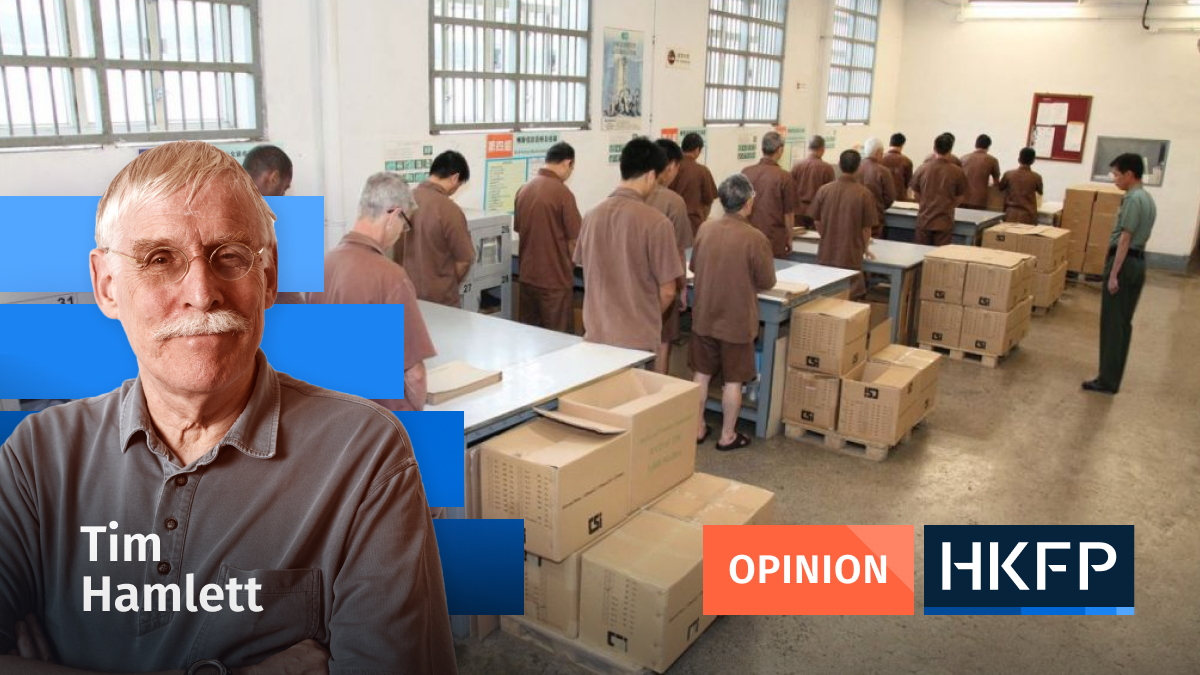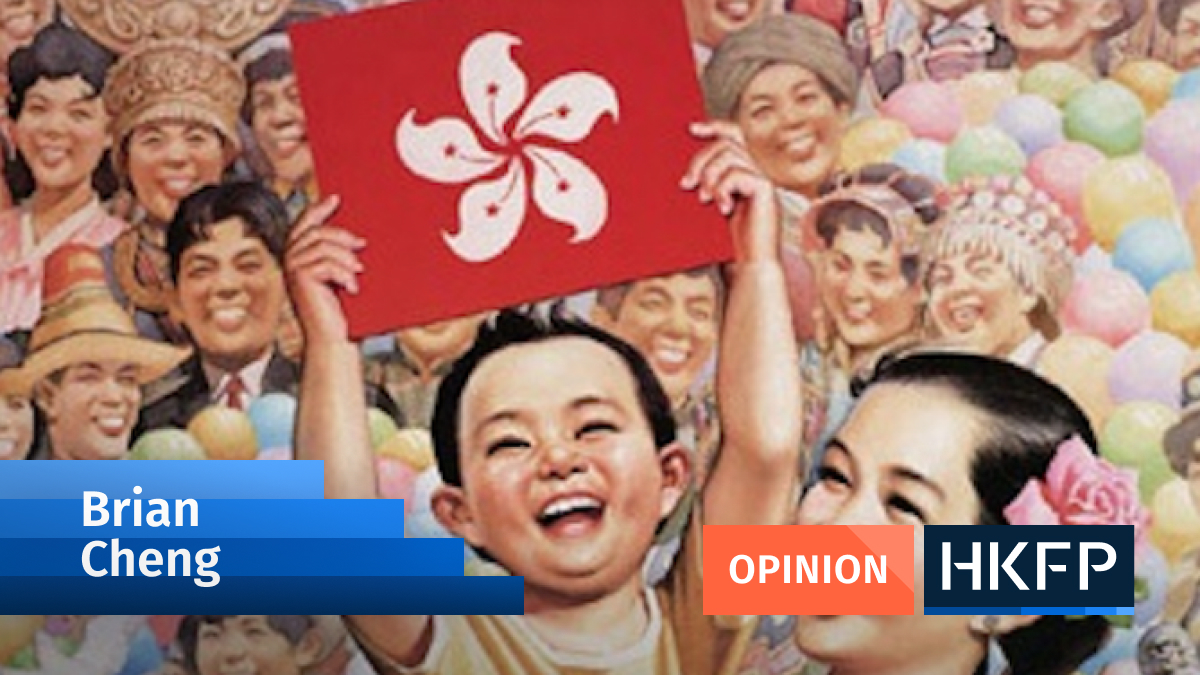If you have ever been lucky enough to walk through a pristine tropical forest in Asia you would have immediately been struck by something – the noise.
During the day the air is thick with the buzzing of insects, the singing of birds, the chattering monkeys and myriad other animals. As night falls the soundscape changes to the strange chirps, grunts and squeaks of tree frogs and geckos, interrupted by the occasional cry of an owl.
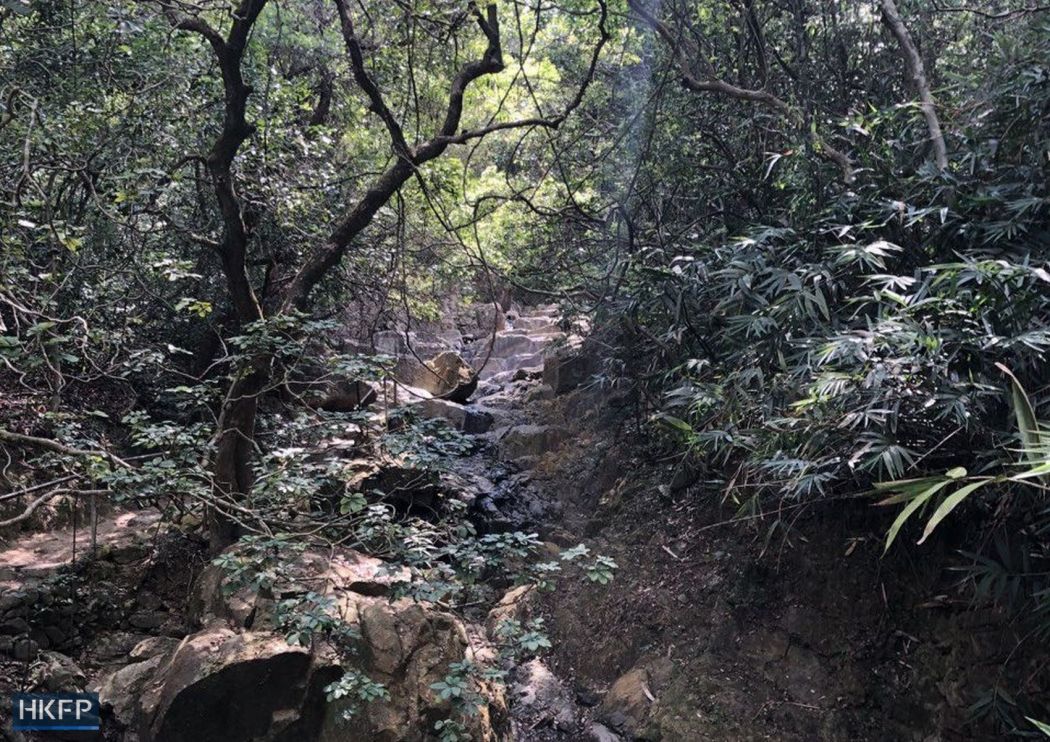
For anyone who has experienced these things, they may notice something strange about the forest in Hong Kong – it is almost completely silent.
The story of why Hong Kong’s forests fell silent is one of industry, colonialism, war, death and rebirth. In the absence of humans the territory would be completely covered in a dense forest teeming with wildlife.
While Hong Kong is rightfully proud that over 50 per cent of its land area is wooded and green, people are often surprised to discover that this verdant and beautiful landscape is a relatively modern feature. Almost all the forest that we see today in Hong Kong did not exist even as recently as 1950.
Hong Kong’s forest started to be removed on an industrial scale to create space for agriculture and to fuel the ceramics industry, which was a central part of the local economy until the 1700s.
Following this the British began extracting timber for use in construction and as fuel. They only slowed their harvest once a number of landslides made them realise that the forests were necessary for stabilising the steep hillsides.

The final nail in the coffin was the arrival of the Japanese during the second world war. They systematically cleared almost every inch of remaining forest from every hill and valley across the entire territory.
Just a few remnant patches survived high in the mountains, and in the form of fung shui woods, traditionally located behind villages. These sylvan survivors can still be visited today, and offer us a rare glimpse of what the original forest in Hong Kong might have looked like.
Gazing around now, most people would be shocked to find out that the miles of lush forest surrounding them is only about 70 years old. In many areas the trees have made a remarkable comeback, sprouting from the seeds left dormant in the soil and taking advantage of the abundant rain and sunshine to recolonise the once barren hills.
In other areas, such as Kadoorie Farm, concerted effort has been put into actively replanting trees. Walking in places like Tai Po Kau or Tai Mo Shan you could be forgiven for thinking that you were exploring an ancient, wild woodland. That is until you notice the abandoned rice terracing beneath your feet, or other subtle signs of recent human habitation amongst the trees.
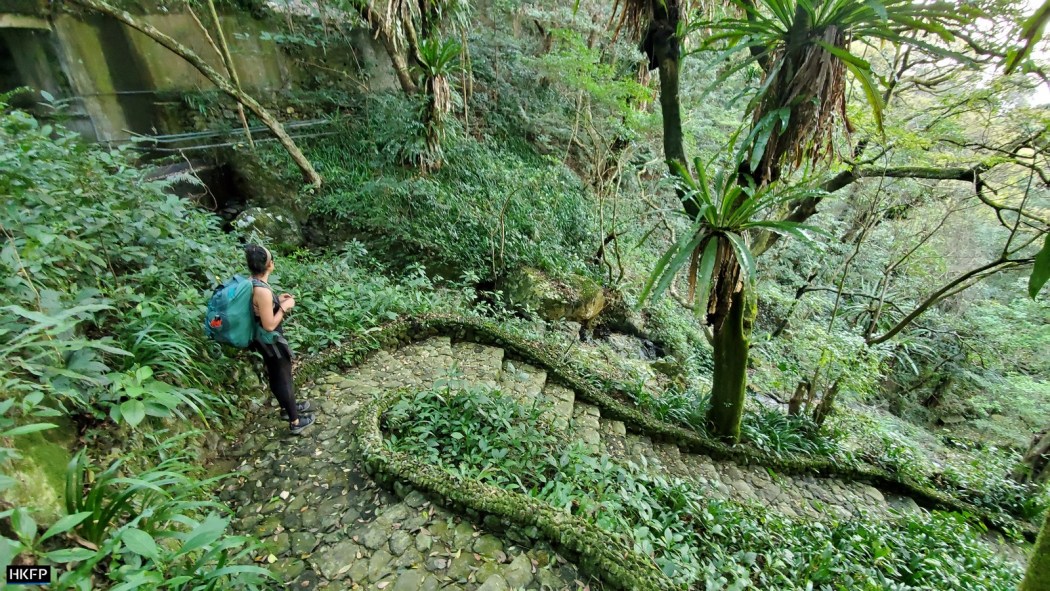
While the woodlands were able to bounce back to an extent from seedbanks and planting initiatives, many animals that were driven out by the destruction of their habitat had no surviving populations from which to grow. The nearest area of forest with a relatively intact ecosystem lies in mainland China, in Dinghu Shan on the other side of Guangdong. The 200 miles of urban sprawl between here and there have created an impermeable barrier to the natural migration of wildlife.
As such, the trees in Hong Kong grew back, but there were fewer animals to fill the emerging forests. This raises the question; should we actively relocate animals from forests in mainland China to rewild the woodlands of Hong Kong?
There is precedent for similar interventions in Hong Kong. During the building of the airport a number of small islands were destroyed, which comprised the last remaining habitat of Romer’s tree frog. A local scientist collected as many individuals as possible and established a breeding population at the University of Melbourne, Australia. Later, the species was successfully reintroduced to Hong Kong Island and the New Territories, having become locally extinct in the wild.
In mainland China there have also been successful reintroductions of species, such as Pere David’s deer, which became extinct in 1900 and was reintroduced from captive populations in Europe. More recently crested ibis, which were thought to be extinct in the wild in China in the 1980s, have been released from captive breeding programs in Shaanxi.

There are two major reasons why reintroducing species and rewilding should be explored. Firstly, expanding a species’ range and increasing its wild population boosts its conservation potential and gives it a greater chance of survival in the future. Secondly, species contribute to the functioning of ecosystems in complex ways that benefit both humans and wildlife alike.
In Hong Kong for example, many species that are responsible for the dispersal of seeds have gone locally extinct, but they live happily just 200 miles away in the forests of mainland China. We are not talking here about re-introducing things like tigers, but more diminutive creatures such as Edwards’ long-tailed giant rat, and the greater necklaced laughing thrush.
These species eat fruits, berries and seeds, then as they move around the landscape they excrete them and allow new trees to grow in new locations. In doing so they provide a free, efficient, and natural tree planting service, which the government otherwise spends money, time and resources on.
There is currently a limited interest from the government to reintroduce species such as these, because they are not considered threatened in mainland China. However, the government overlooks the wider ecological benefit these animals would bring to Hong Kong.
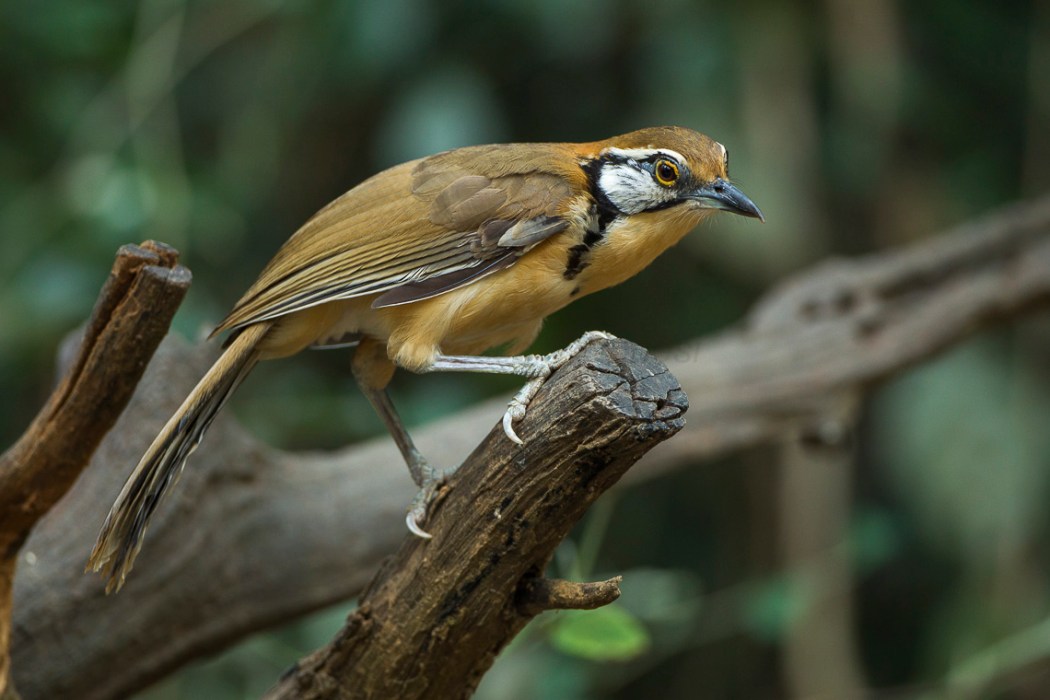
In the age of climate change, trees provide us with a crucial ecosystem service – absorbing tonnes of carbon from the atmosphere and locking them up it securely in their trunks, branches and roots. Mature forests offer unrivalled benefits to carbon sequestration, but without the natural wildlife that once existed here helping these forests to spread around Hong Kong, they may be held back from recovering from the destruction of the previous century.
Supporting the natural regeneration of forests offers us one of the simplest and cheapest tools in our kit to combat the climate catastrophe. This is therefore seen as a global priority, with the United Nations declaring this the Decade of Ecosystem Regeneration.
The Hong Kong government has a commitment to improve its local biodiversity, and also to help combat the climate emergency as outlined in its Biodiversity Strategy Action Plan. By rewilding our woodlands with these functionally important species – even if they are not threatened with extinction – we can boost tree growth and speed up the natural regeneration of Hong Kong’s forest ecosystems.
As the COP27 conference enters is second day in Egypt the Hong Kong government has an obligation to explore this possibility, not only to benefit our local environment, but to contribute towards global efforts to limit the effects of climate change.
Support HKFP | Policies & Ethics | Error/typo? | Contact Us | Newsletter | Transparency & Annual Report | Apps
| HKFP is an impartial platform & does not necessarily share the views of opinion writers or advertisers. HKFP presents a diversity of views & regularly invites figures across the political spectrum to write for us. Press freedom is guaranteed under the Basic Law, security law, Bill of Rights and Chinese constitution. Opinion pieces aim to point out errors or defects in the government, law or policies, or aim to suggest ideas or alterations via legal means without an intention of hatred, discontent or hostility against the authorities or other communities. |
Help safeguard press freedom & keep HKFP free for all readers by supporting our team

More HKFP OPINION:
HKFP has an impartial stance, transparent funding, and balanced coverage guided by an Ethics Code and Corrections Policy.
Support press freedom & help us surpass 1,000 monthly Patrons: 100% independent, governed by an ethics code & not-for-profit.






